Your cart is currently empty!
Beta test Nikon D5
NIKON D5
[columnize]
12.01.2016 A total of 50 000 exposures was taken with two beta Nikon D5 cameras during a two month test period in 2015. The lenses tested with the Nikon D5 cameras were 14-24/2.8, 16/2.8, 16-35/4.0, 24/1.4, 24-70/2.8 II, 70-200/2.8, 85/1.4, 300/4.0, 400/2.8 and 600/4.0 – all Nikon lenses. For some days I also had the beta WT-6 transmitter for testing with the Nikon D5 cameras.
The field testing was performed in rough conditions during a 10 days expedition to Svalbard (up to 82 degree North), 7 days in the wilderness of Alaska (last part with the Corey Rich team), 7 days in the Falkland Islands and 14 days in South Georgia. This was an amazing journey and the Nikon D5 cameras were put to the hardest field testing I’ve done so far.
I really want to thank Nikon Japan for trusting me in this project, and also Gen Umei (K&L) and his great team in Tokyo who organized most of the assignment.
[/columnize][gap size=”50px”]
Written by: Ole J Liodden
[gap size=”50px”] [alert type=”warning” close=”true” heading=””]UPDATE 27.03 2016: Today I installed the new Lightroom and Camera RAW software supporting the Nikon D5 camera and I could finally view the NEF-files from the beta testing September-November 2015, and I’m shocked. The image quality at ISO 32 000 is not as stated below only “promising” but very, very good. The sharpness and low noise at ISO 25 000+ is better than I could see in the jpg-files. The test report below was written in mid January when I only could view the JPG-files. All exposures were done in NEF + jpg format.
[line]UPDATE 21.01 2016: Most of the images are not straight from the camera, but I have done some small adjustments to the jpg-files in Lightroom including: tone curve, vibrance (max +20), shadows, highlights and sometimes WB. I have not done any noise reduction, layers in Photoshop etc.
[line]Nobody (Nikon or other) has asked me to write this field review, or paid me to do it. This field review is simply my independent thoughts and experience with the new Nikon D5 camera after 39 days in the field.
[line]I was told in December that the image sensor of the final version (not beta) of the Nikon D5 camera is an IMPROVED version of what I was using in the field testing. If this is true, the final image quality would most likely be even better than what I have seen during my testing period.
[/alert]
KILLER AF-SYSTEM
[columnize]
One of the most interesting changes with the Nikon D5 camera is related to the AF-system. At first glance it looks similar to the D4S, but it certainly has some important modifications and new features.
153 active AF points is one of the biggest improvements in the Nikon D5 AF-system (D4S had 51 AF points), not only because of more active AF-points, but also more (99) high quality (cross sensor) AF-points. The AF point structure has also changed with more cross sensor AF-points in the edges in the frame – not only in the center. When using lenses with maximum aperture f/4.0, 55 out of 153 AF points are selectable. With maximum aperture f/5.6 still 55 AF points are selectable, and with f/8.0 9 AF points are selectable.
During my testing I could feel the difference best when shooting with big telephoto lenses (400/2.8 and 600/4.0) and with fast moving subjects – like the grizzley bear below. The AF-system worked impressively fast – not only in the center of the frame, with 99 active cross section AF points and 55 selectable. I also noticed a higher percentage of images sharp during longer bursts, than I’ve experienced before.
[/columnize]
[gap size=”50px”]

[gap size=”50px”]
[columnize]
When adding a 1.4X extender to my 600/4.0 lens the AF-system still worked very fast, which was something I appreciated a lot. The AF system did not only work faster, but also more reliable than earlier, and I still had 55 (44 cross section) selectable AF points available. Since the combination with long lenses and 1.4X tele extenders results in very high image quality, this is good news for all long lens shooters. In the image below I photographed a Silver grebe bouncing up and down in the waves, which is challenging for most AF-systems. With the Nikon D5 camera it was not too difficult to get the bird sharp where I wanted.
Even with the subject located in the corner (like the Gentoo penguin below) it was easy to get it sharp without forcing it to be in the center.
[/columnize]
[gap size=”50px”]
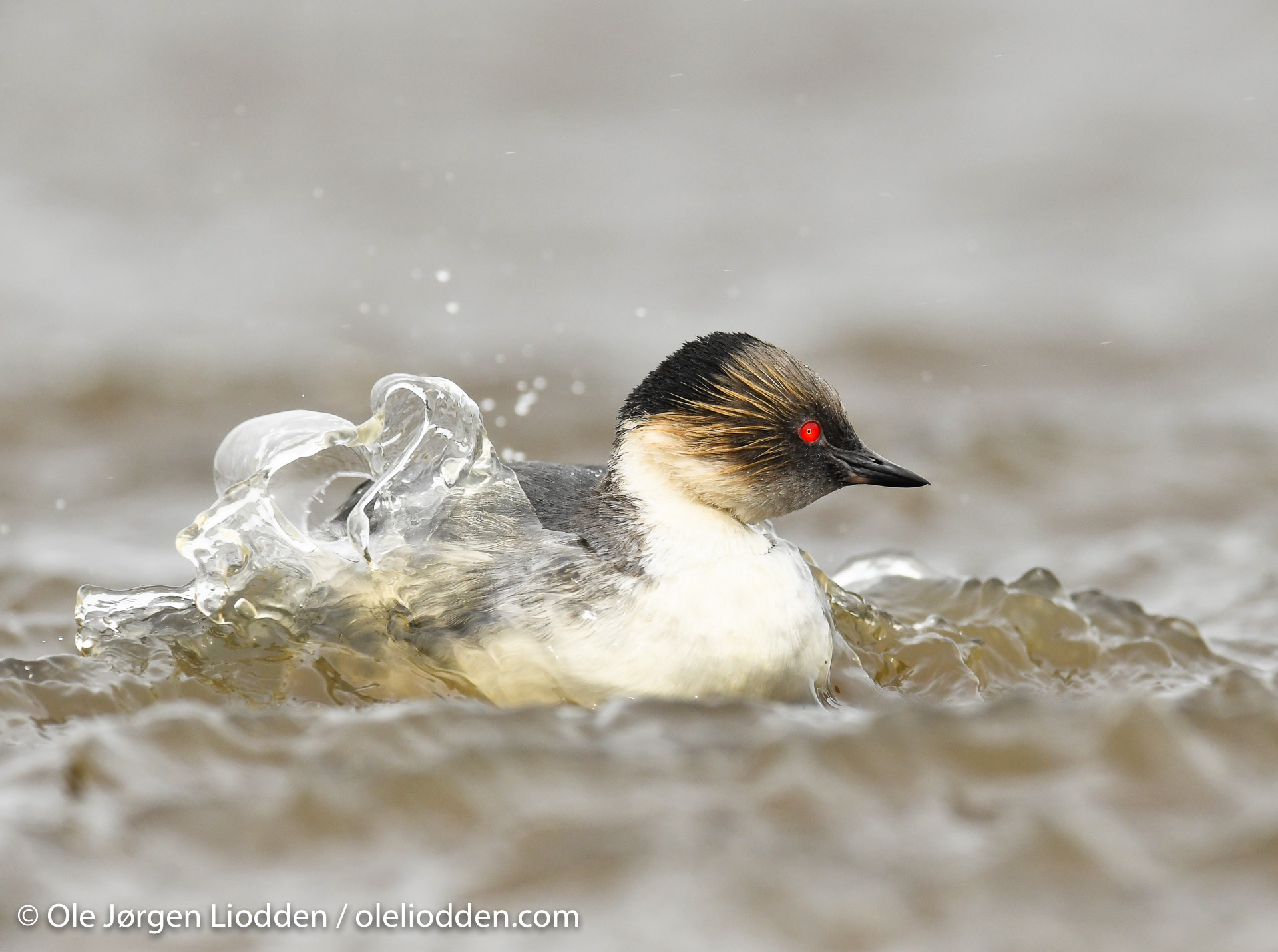
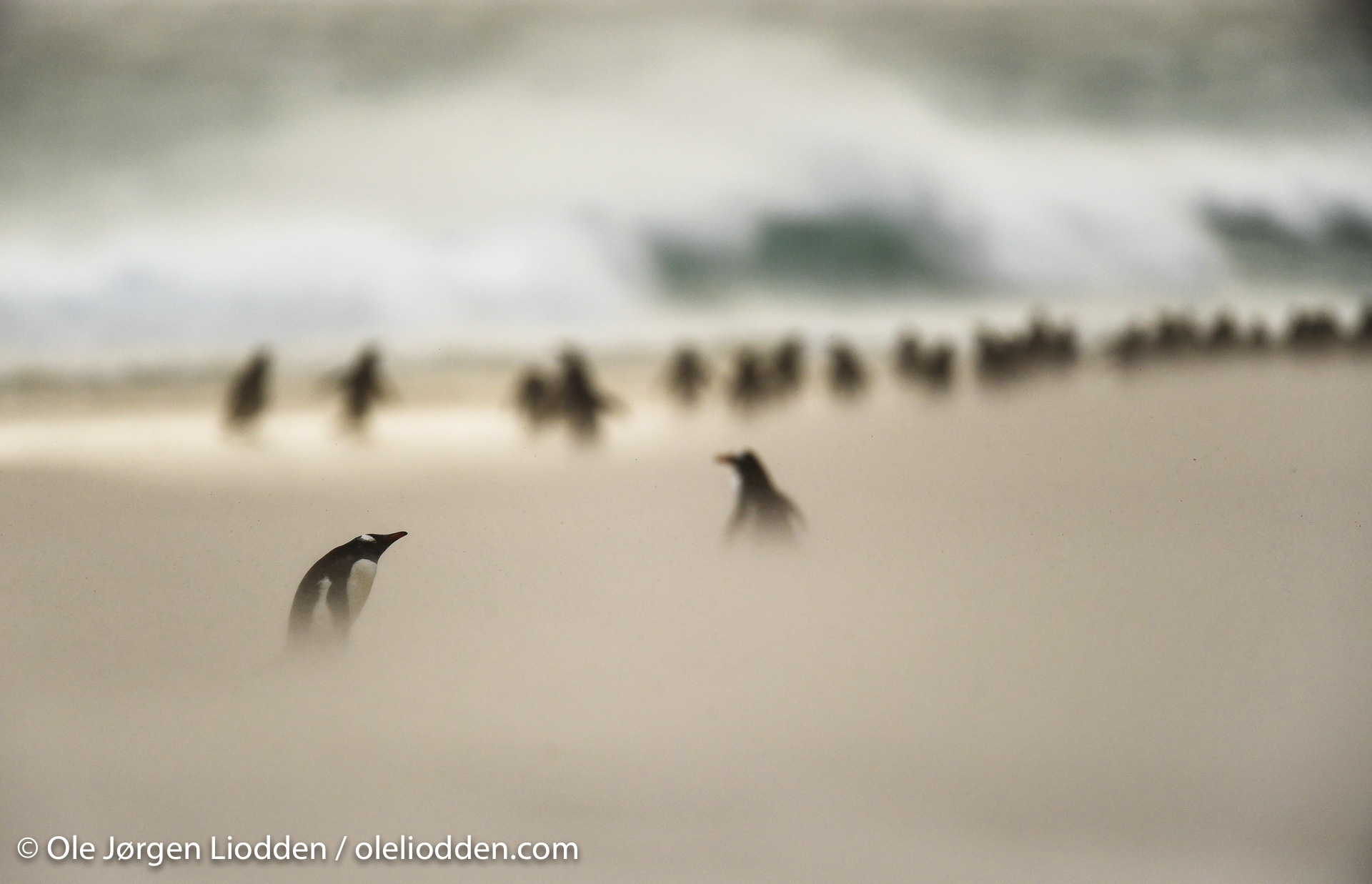
[gap size=”50px”] [columnize]
I have never photographed a lot with long lenses and 2.0X extenders, because the AF-system is usually working too slow and the images are too blurry. With the Nikon D5 this is about to change. With 15 active AF points (5 cross section) where 9 are selectable, I had much better AF control and AF speed than ever experienced before. This is a big upgrade, and made photographing with 600/4.0 lens and 2.0X extender even in low light conditions possible. The image below is an example of a very low light situation with ISO 25 600 and 600/4.0 + 2.0X extender. With the D4S I would not even think about trying to photograph in situations like this with this 2.0X big lens combo.
[/columnize]
[gap size=”50px”]
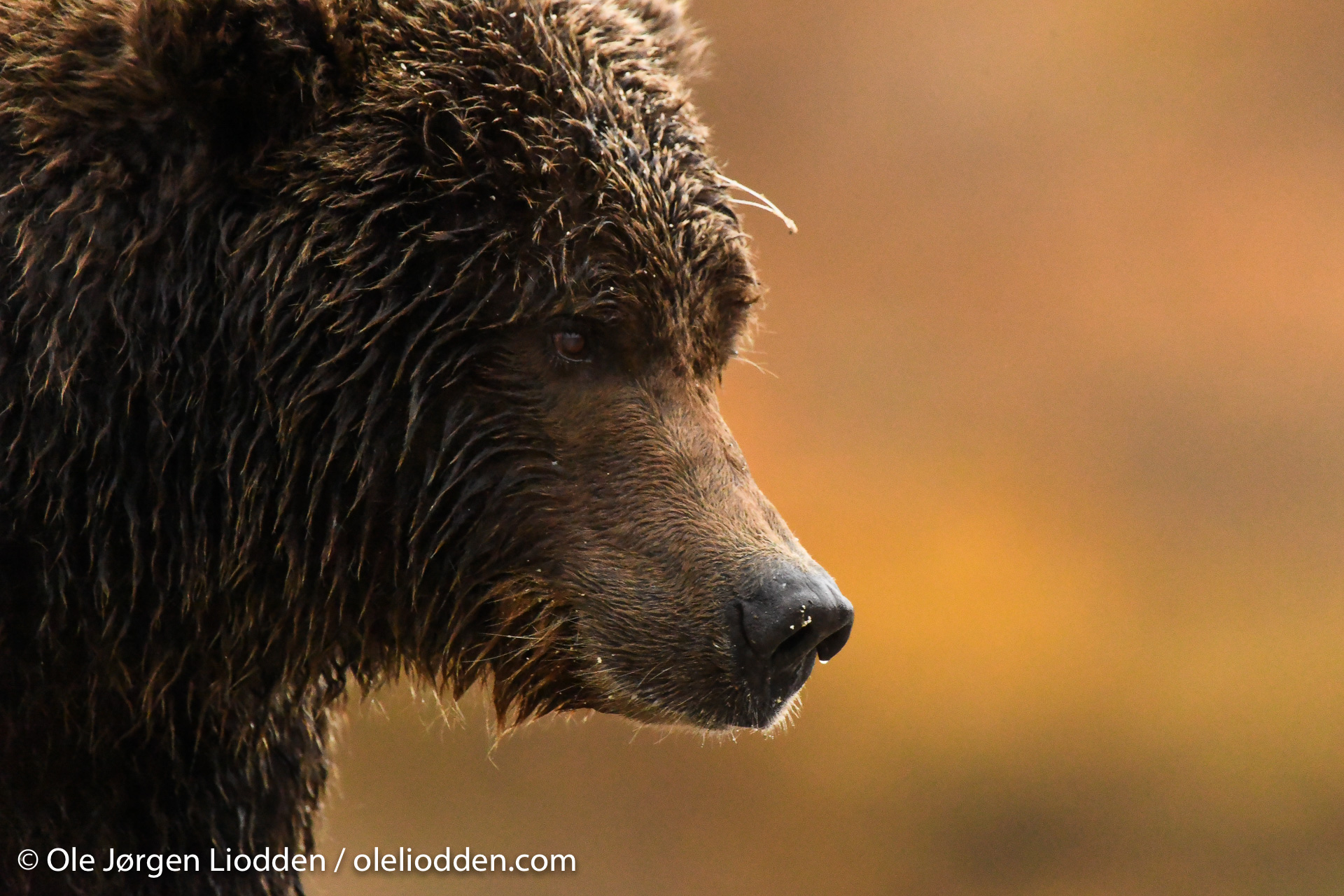
[gap size=”50px”]
[columnize]
Dynamic AF-Range in the Nikon D5 camera has now increased from d9, d21 and d51 (in D4S), to d25, d72 and d153. This was one of the most important upgrades for me to test – how does the d153 AF-setting perform in action photography? So I used this d153 AF setting for many different situations, even where I would normally choose the Group-area AF setting. For me the Group-area AF setting has worked best when shooting action with the D4S camera, but the d153 is about to change this. With a clean and not too disturbing background the d153 worked amazingly. The AF followed the subject even when it was far away from center, like the bird below. With the d153 activated it is easier to follow fast moving subjects than I have been used to with D4S (and previous pro cameras).
[/columnize]
[gap size=”50px”]
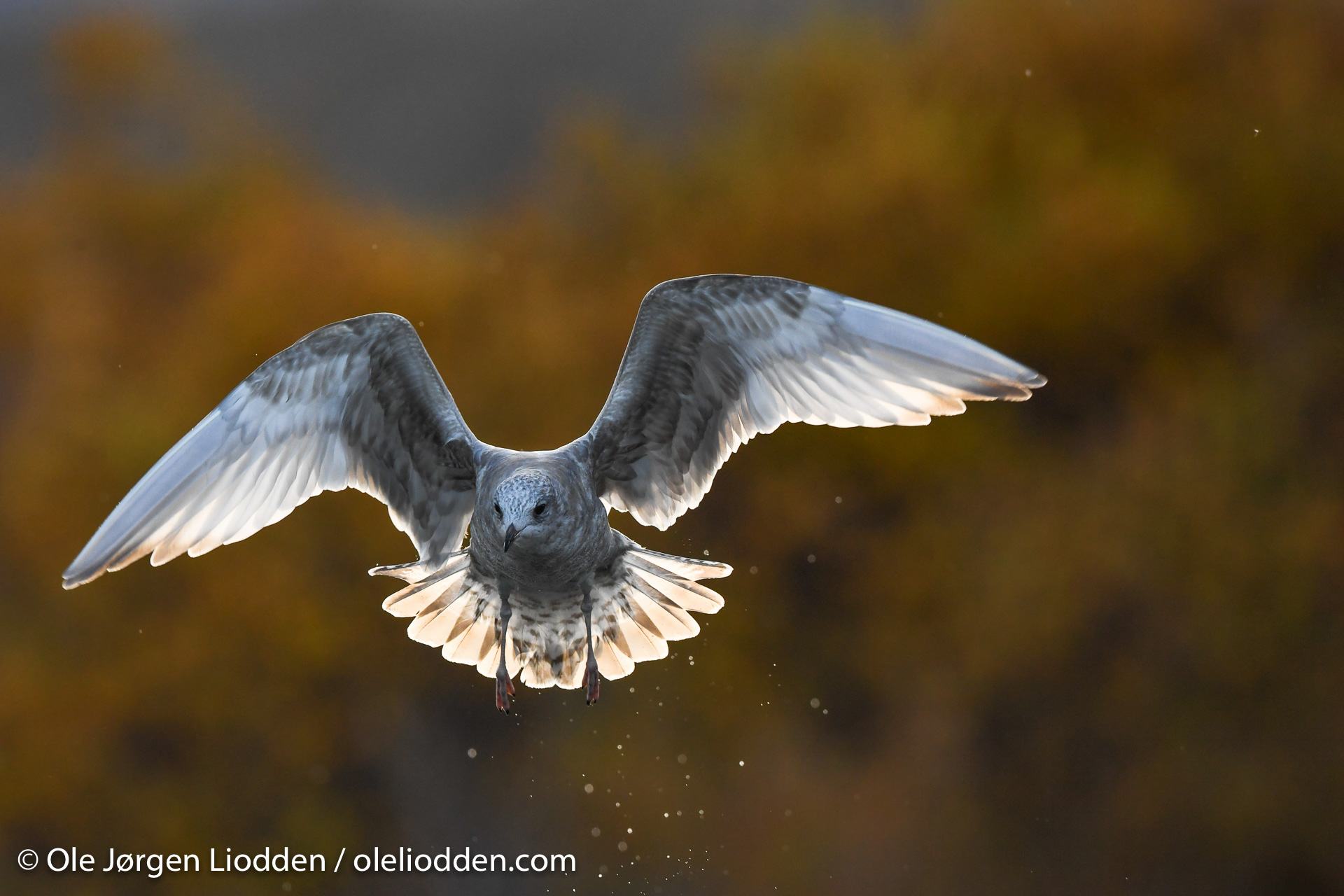
[gap size=”50px”]
[columnize]
The biggest challenge for the AF-system is still situations with reflections and / or high contrasts in the background. The d153 have some problems following low contrast subjects, like in the image below with an Arctic tern in flight in front of reflections in the water. In these situations Group-area AF was slightly better than d153.
[/columnize]
[gap size=”50px”]
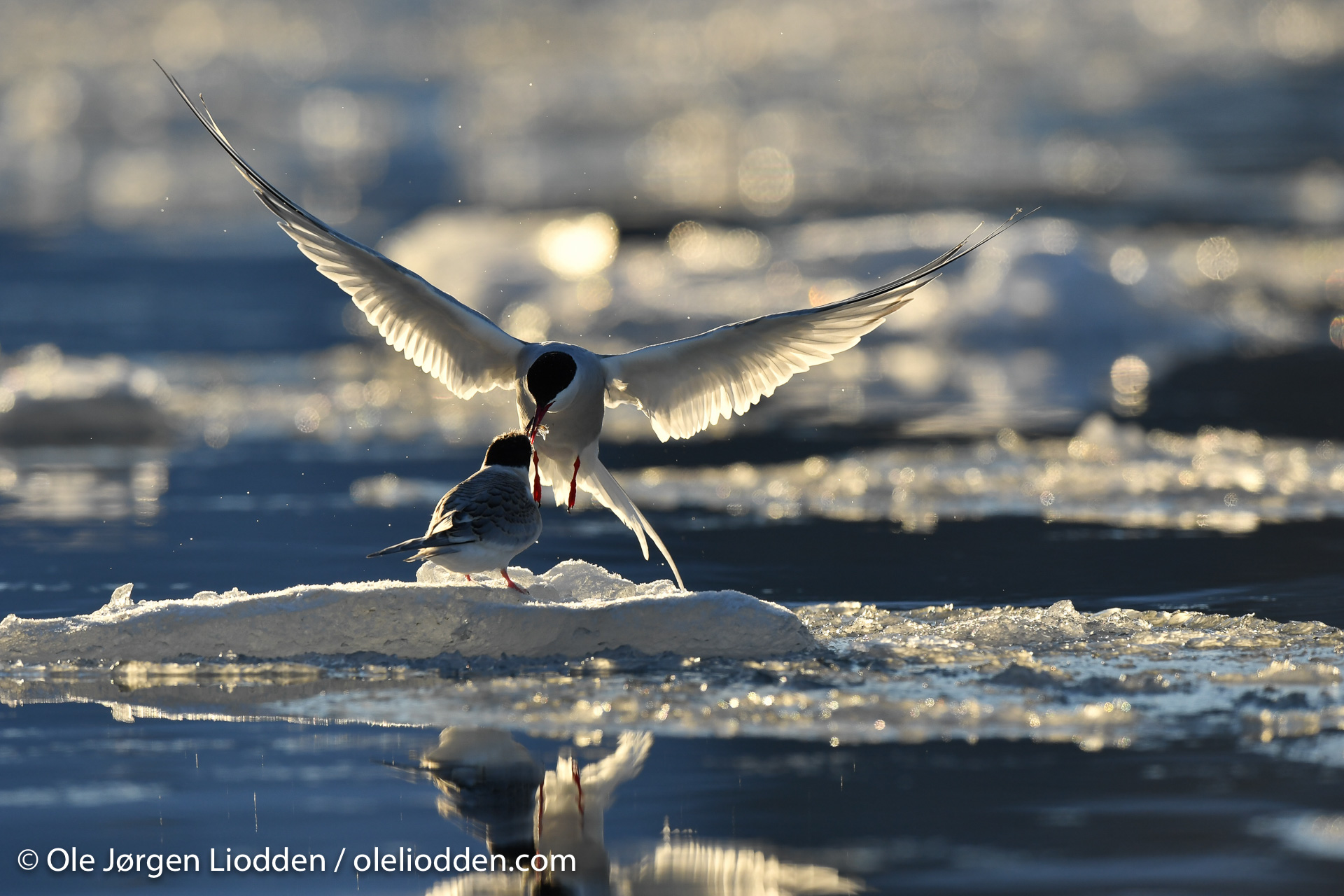
[gap size=”50px”]
[columnize]
Focus tracking with Lock ON has now changed from a single selector to 2 sliders. The upper slider is similar to the menu selections in the D4S camera, but now you also have a slider for Subject motion – Erratic to Steady. This is a way to tell the AF-system if you are following steady moving subjects (like a car) or erratic movements (like a bat or bird). These settings work well in combination with the d153 AF-setting. Below is 2 images with active Focus tracking with Lock On (set to “long”)
[/columnize]
[gap size=”50px”]
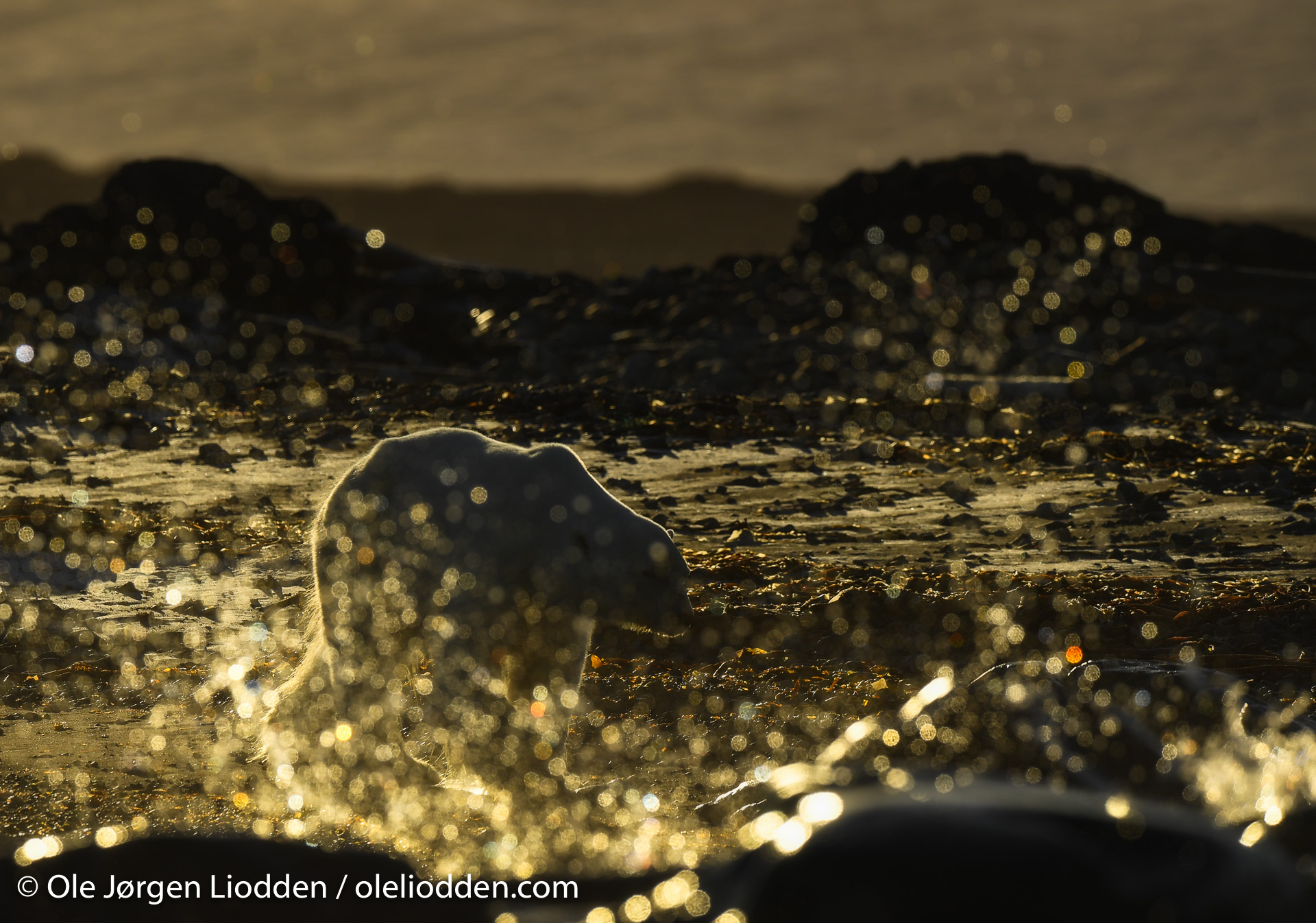
[gap size=”50px”]
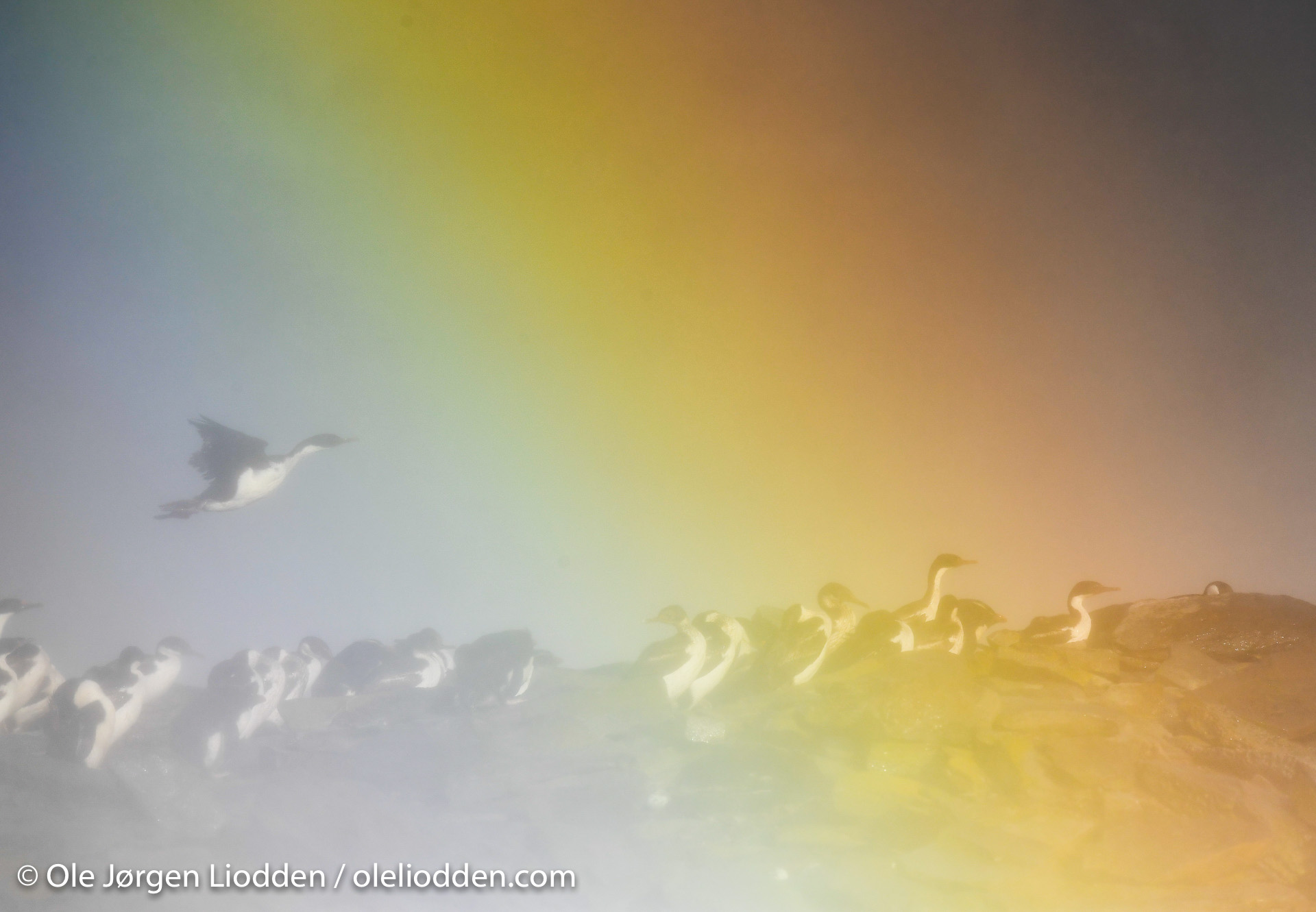
[gap size=”50px”]
[columnize]
The Nikon D5 AF-system is also improved for low light photography to EV -4 (EV -2 on D4S). In real life photography low light sensitivity will differ between the lenses you are using. When I was shooting with 600mm f/4.0 late in the evening I came to a point where it was not possible for the camera to get my subject in focus any longer, as shown in the image below. I changed to the 400mm f/2.8 lens and could shoot 7 more minutes before it was too dark also with this lens. The low light EV performance in the Nikon D5 camera is very impressive, and opens for new possibilities when it’s very dark.
[/columnize]
[gap size=”50px”]
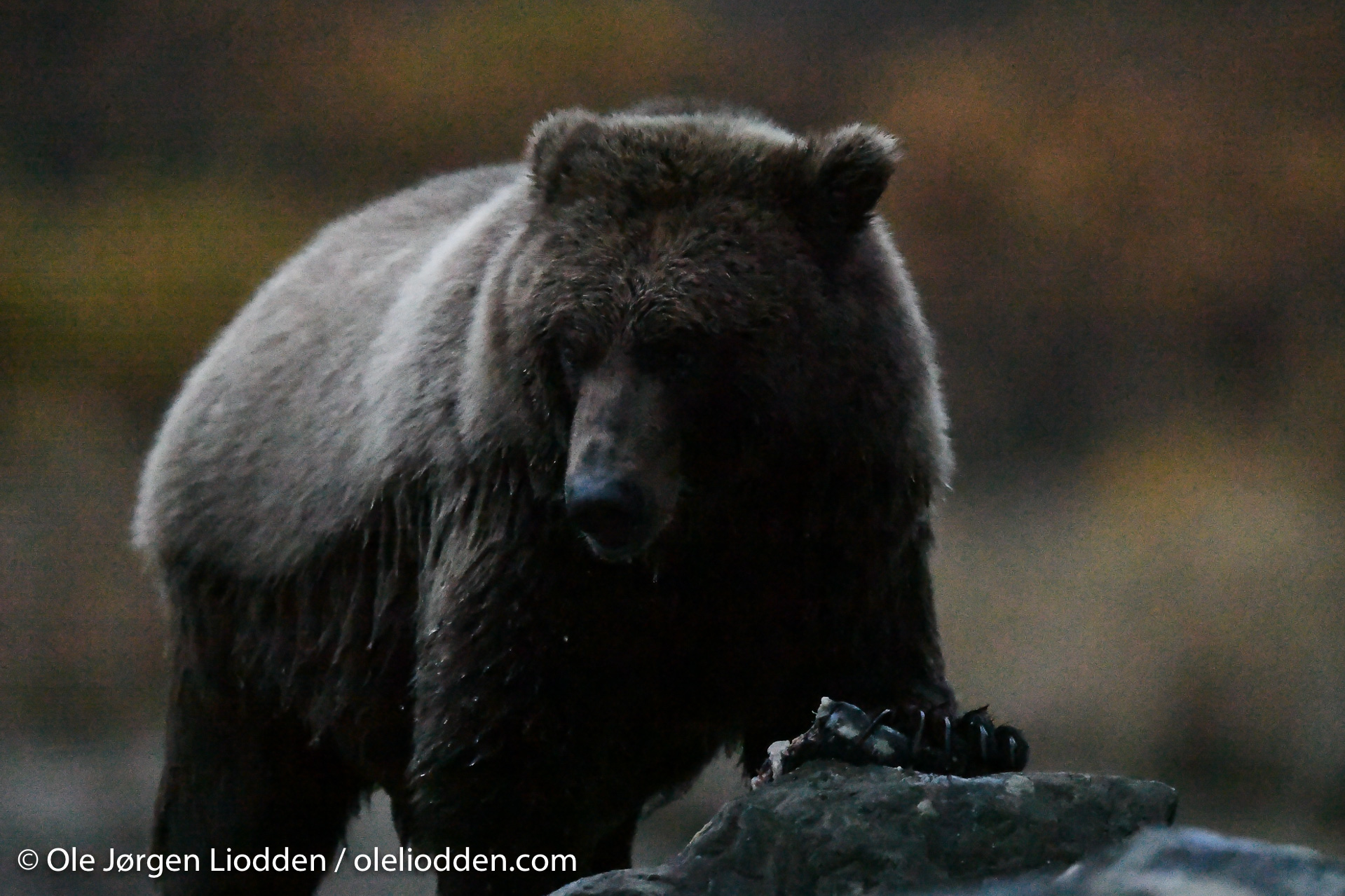
[gap size=”50px”]
[columnize]
After 50 000 exposures with the Nikon D5 cameras in difficult conditions, I’m very satisfied with the AF-performance. Somebody has talked about a new “Nikon D5 Killer AF-system”, and it’s difficult not to agree. I experienced the biggest improvements when using long lenses in low light conditions.
[/columnize] [gap size=”50px”] [alert type=”warning” close=”true” heading=””]
See more images from the Nikon D5 Beta testing in the bottom of this post, in the portfolio section.[/alert]
Low light / High ISO performance
[columnize]
One of the most interesting questions is: how does the Nikon D5 camera perform in low light conditions? During the field testing I was pushing the limits for photography further than normal, with shooting at moonlight in the middle of the night, and long after I normally would stop shooting. The result was very interesting!
Based on the jpg-files I have reviewed and edited, the image quality up to ISO 12 800 looks very clean. I would not have any problems including most of these ISO 12 800 images in my image bank or for high quality printing. With the D4S cameras this image quality was equal to approx. ISO 4000 – 5000. This is something like 1.5 stop improved ISO performance, which is very good.
UPDATE 27.03: After viewing the NEF-files it should be no problems to get great image quality also from NEF-files shot at higher than ISO 12 800. The image at ISO 32 000 below is much better than expected as when I was viewing the jpg-files, so I’m tempted to raise the bar for high quality images to ISO 32 000. It will be very interesting to see what other photographers conclude about D5 high ISO performance.
[/columnize]
[gap size=”50px”]
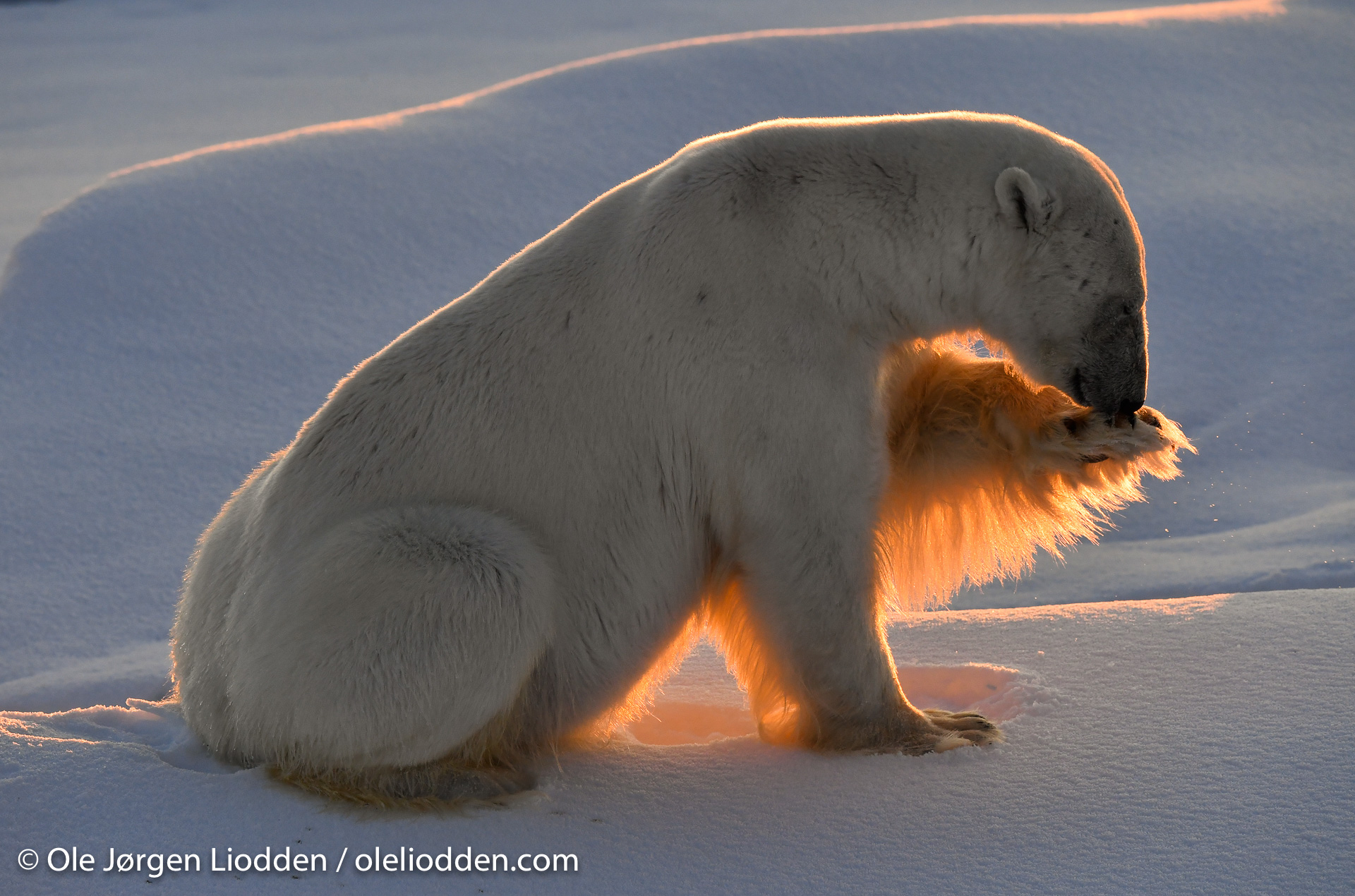
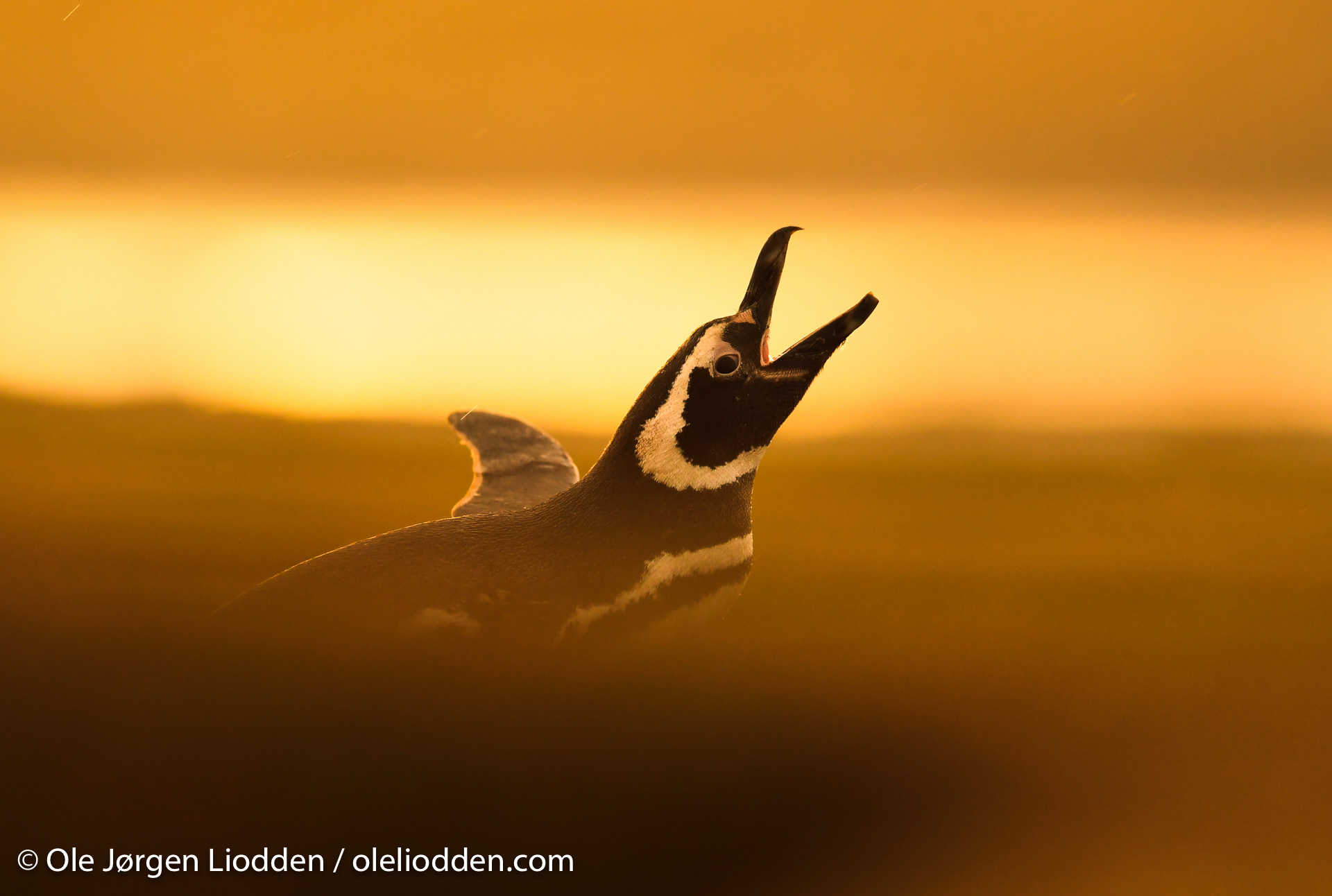
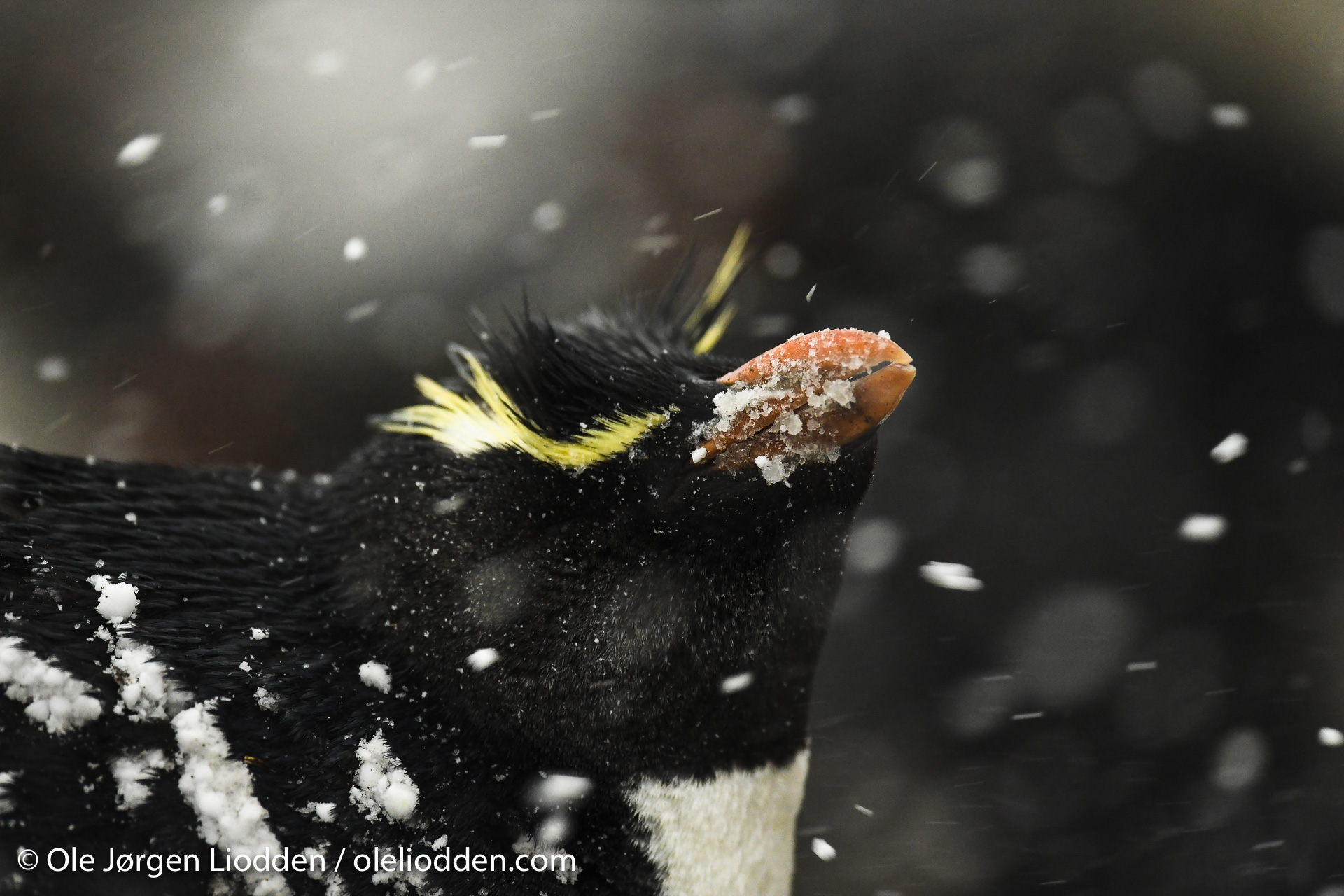
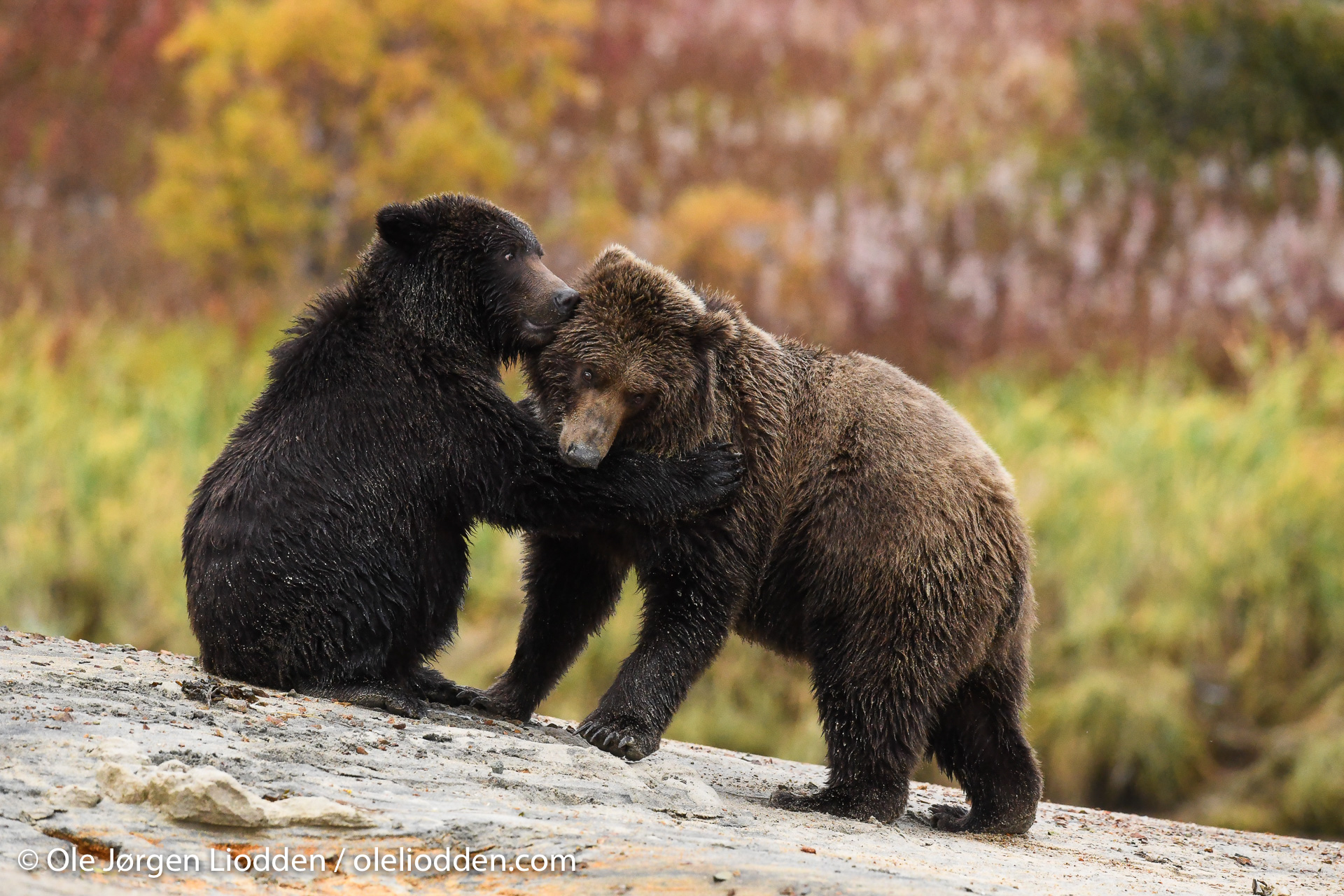
[gap size=”50px”] [columnize]
For low resolution usage, magazines and newspapers I find images exposed up to ISO 51200 usable, with still not much noise in the shadows or colors. At ISO 102 400 the color noise starts to be too disturbing in my opinion, but with some noise reduction plugin / software this can be fixed (to some point). Above ISO 51 200 – 102 400 the noise is visible with reduced color quality, sharpness and the overall image quality and I’m not uploading any images at higher ISO value than 102 400. At maximum ISO H5 (= ISO 3 280 000) the image quality is poor, but at least you can see (with a lot of color noise) what you have been shooting.
UPDATE 27.03: As stated above the high ISO performance up to ISO 32 000 is shocking good. I have also added a image below shot at ISO 102 400 developed from the NEF-file.
[/columnize]
[gap size=”50px”]
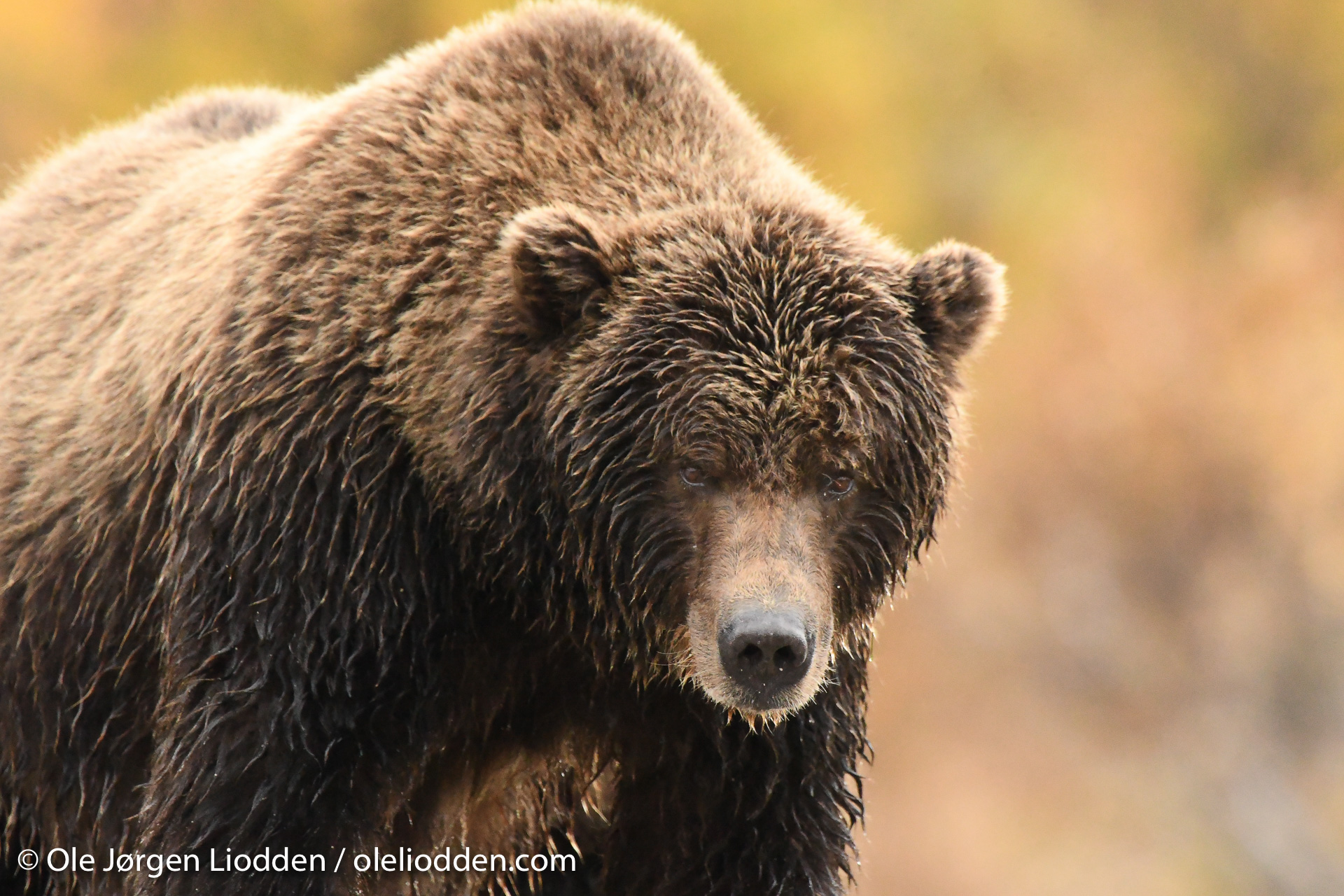
[gap size=”50px”]
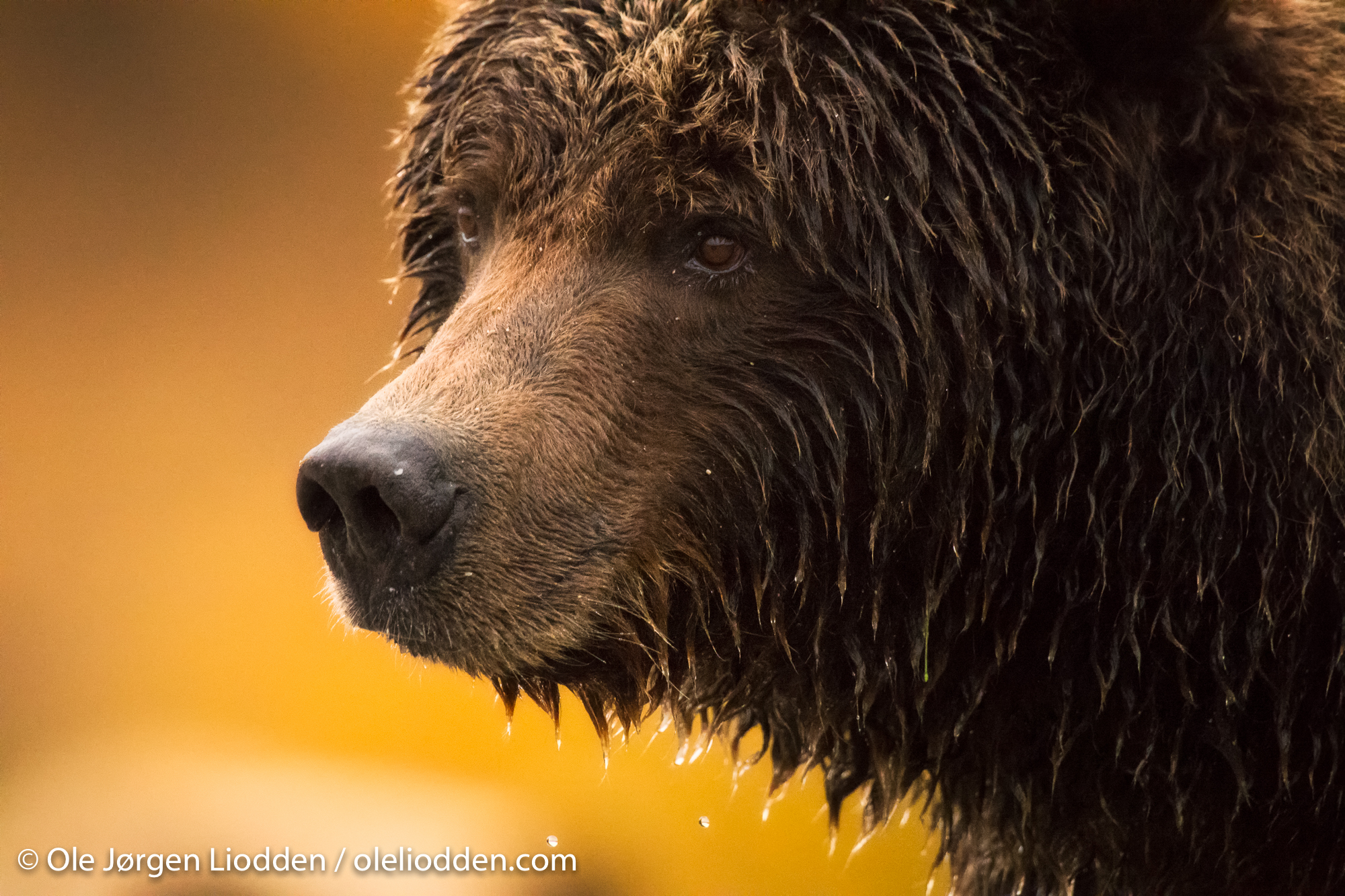
[gap size=”50px”]
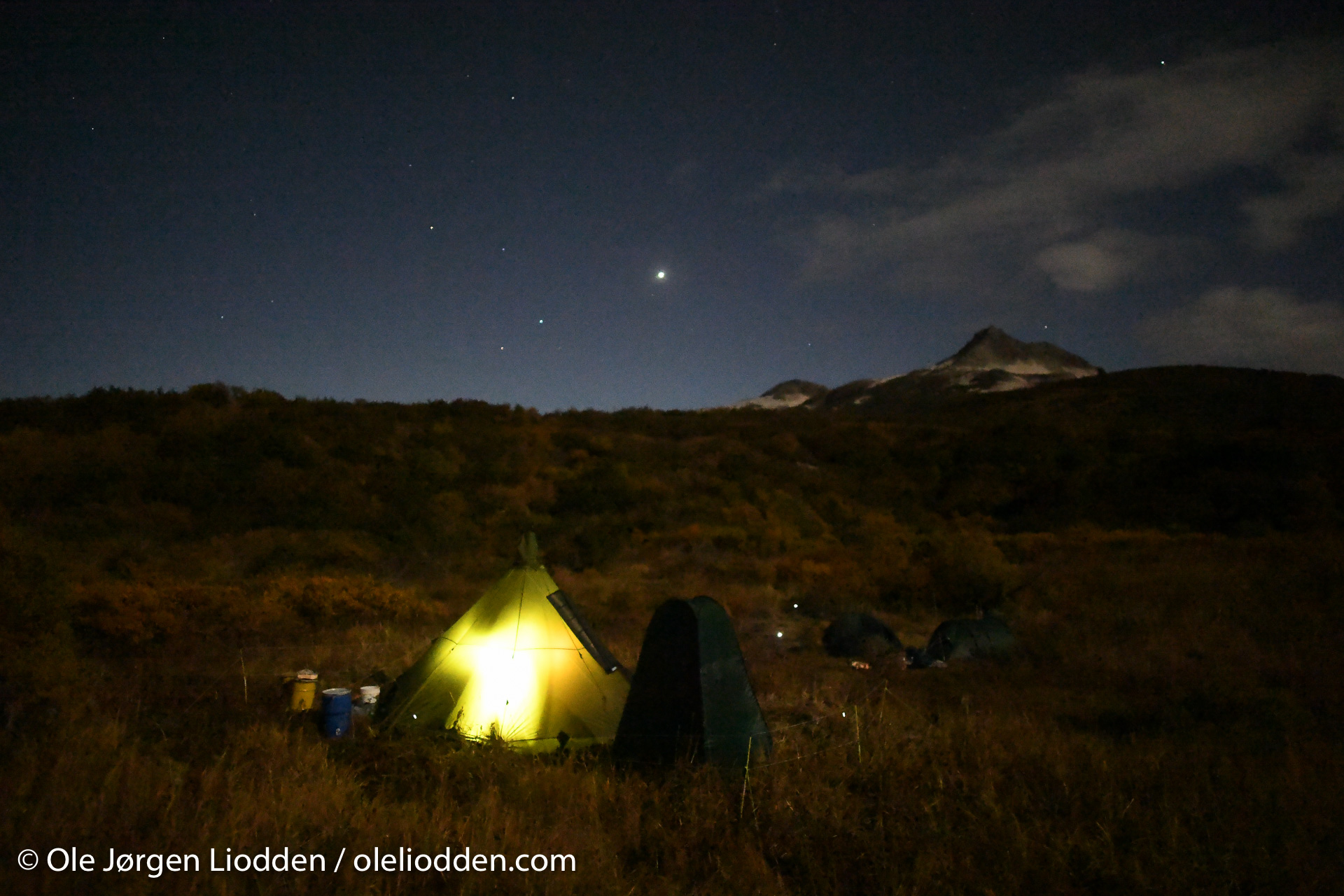
[gap size=”50px”]
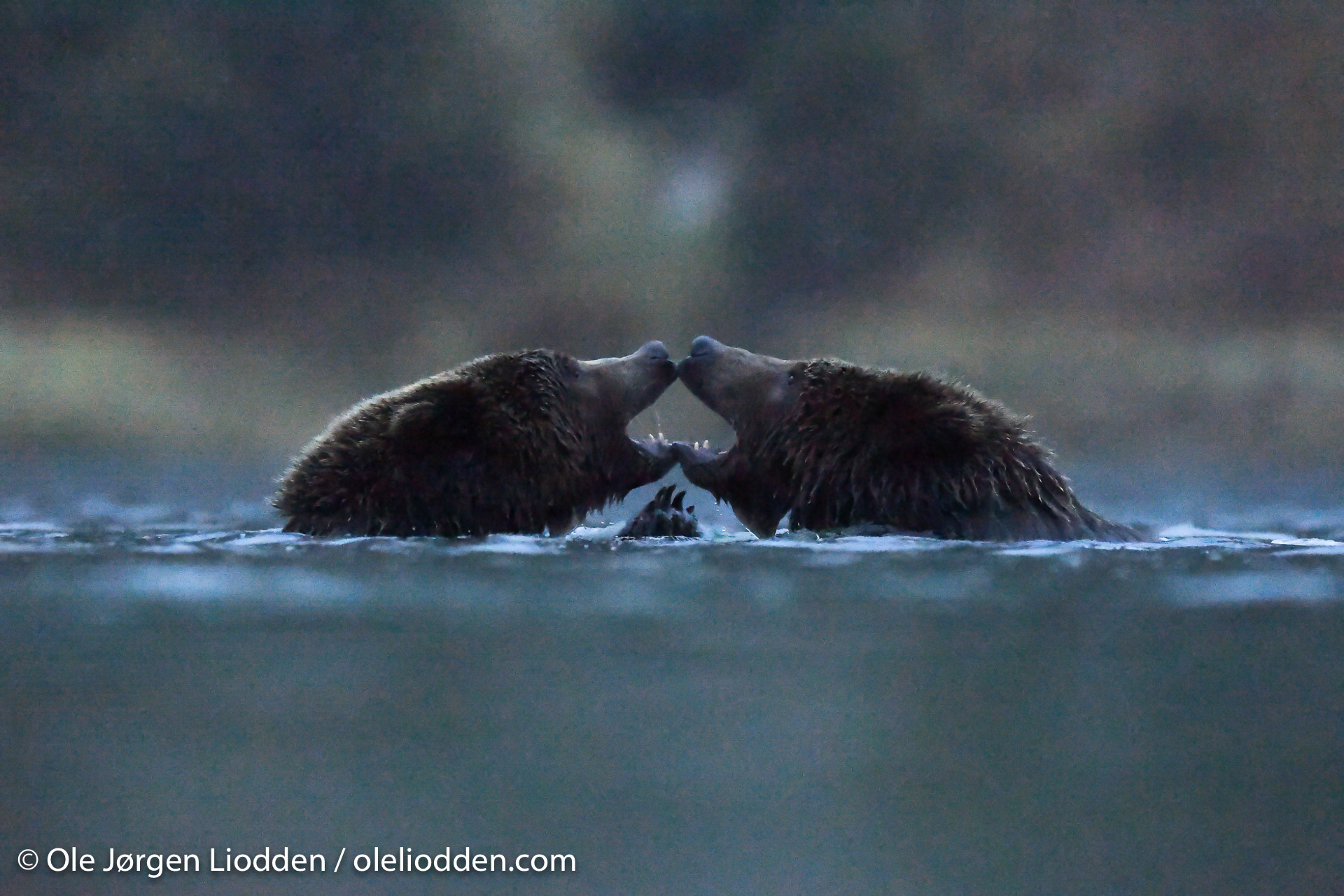
[gap size=”50px”]
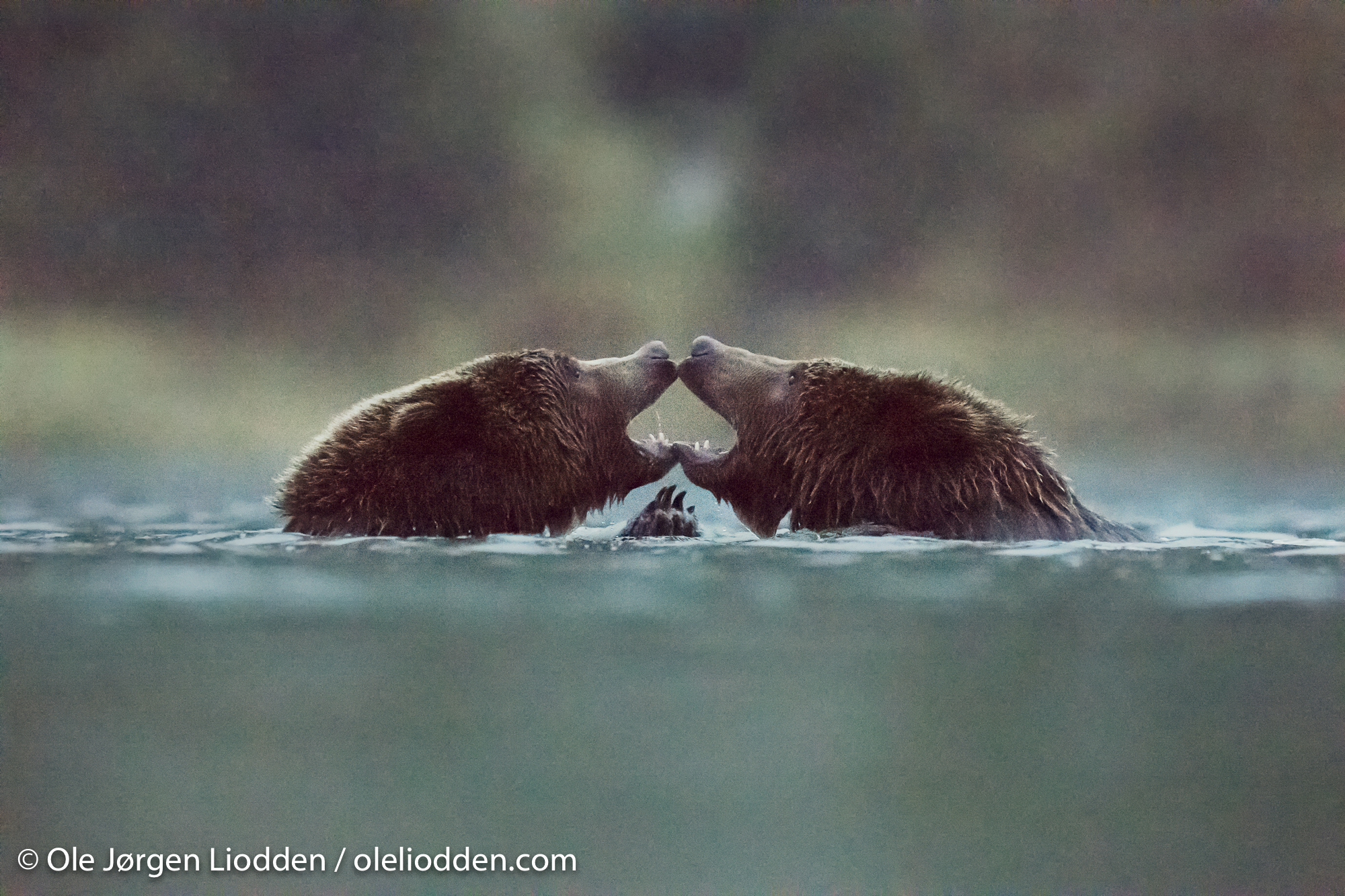
[gap size=”50px”]
[columnize]
Together with the EV -4 low light AF-system the improved image quality at higher ISO values, makes even handheld full moon photography possible. Based on what I can see in the jpeg-files the High ISO performance is seriously improved – not like the introduction of D4 and D4S where the discussion was if these cameras was better than D3S or not. In my opinion a new standard for High ISO performance in Nikon cameras has been established with the Nikon D5 camera.
[/columnize]
IMAGE SIZE
[columnize]
The image size on the Nikon D5 camera is 5568 x 3712 pixels = 20.8 Megapixel, compared to the 4928 x 3280 pixels = 16.2 Megapixel on the D4S camera. This is a 28% increase in image size which is a nice upgrade, especially for FineArt photography.
File size (NEF uncompressed) on the Nikon D5 camera is 42-45 MB and 10-14 MB for jpg-files (highest quality). On the D4S the NEF-files is usually around 33 MB, so the new NEF-files is approx. 10 MB bigger, which is not a big surprise. NB: When taking still images in Video Live View mode the file size also on the still images will be cropped.
[/columnize]
[gap size=”50px”]
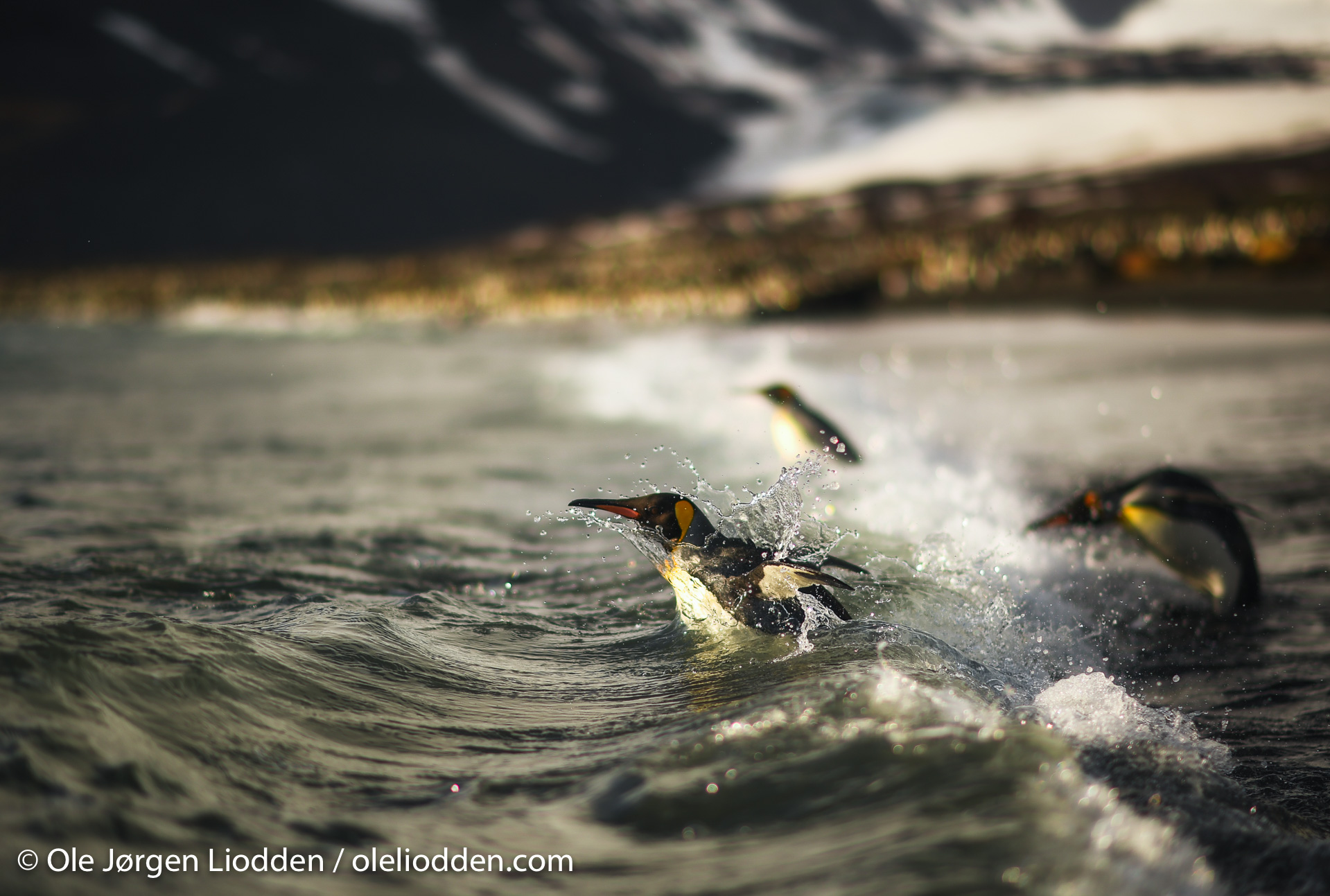
SHOOTING SPEED & BUFFER CAPACITY
[columnize]
The new Nikon D5 camera has increased the high speed shooting (in Ch mode) to 12 images per second with «normal» view finder and AF-tracking, and 14 images per second with Mirror lock-up and no AF-tracking. This is higher compared to the D4S camera (11 images / second), and is a nice improvement for action photographers.
The buffer capacity is also very good. With an «old» Sandisk Extreme Pro 90 MB/s card I can shoot 63 NEF-files (RAW Large) continuously, and it takes 23 second for the camera to write all files to the CF card and be ready for a new «full burst». With Jpg (highest quality) I get 163 continuous images (12 images / second) before the buffer is full, then it takes 15 seconds to write everything to the CF-card, and the camera is ready for another 163 series of images. The writing speed should be even better with newer and faster CF or XQD cards.
The cameras I used had two CF slots which makes sense instead of one CF and one XQD slot. There will also be cameras available with two XQD slots, so you have the choice of 2x CF cards or 2x XQD cards.
[/columnize]
[gap size=”50px”]
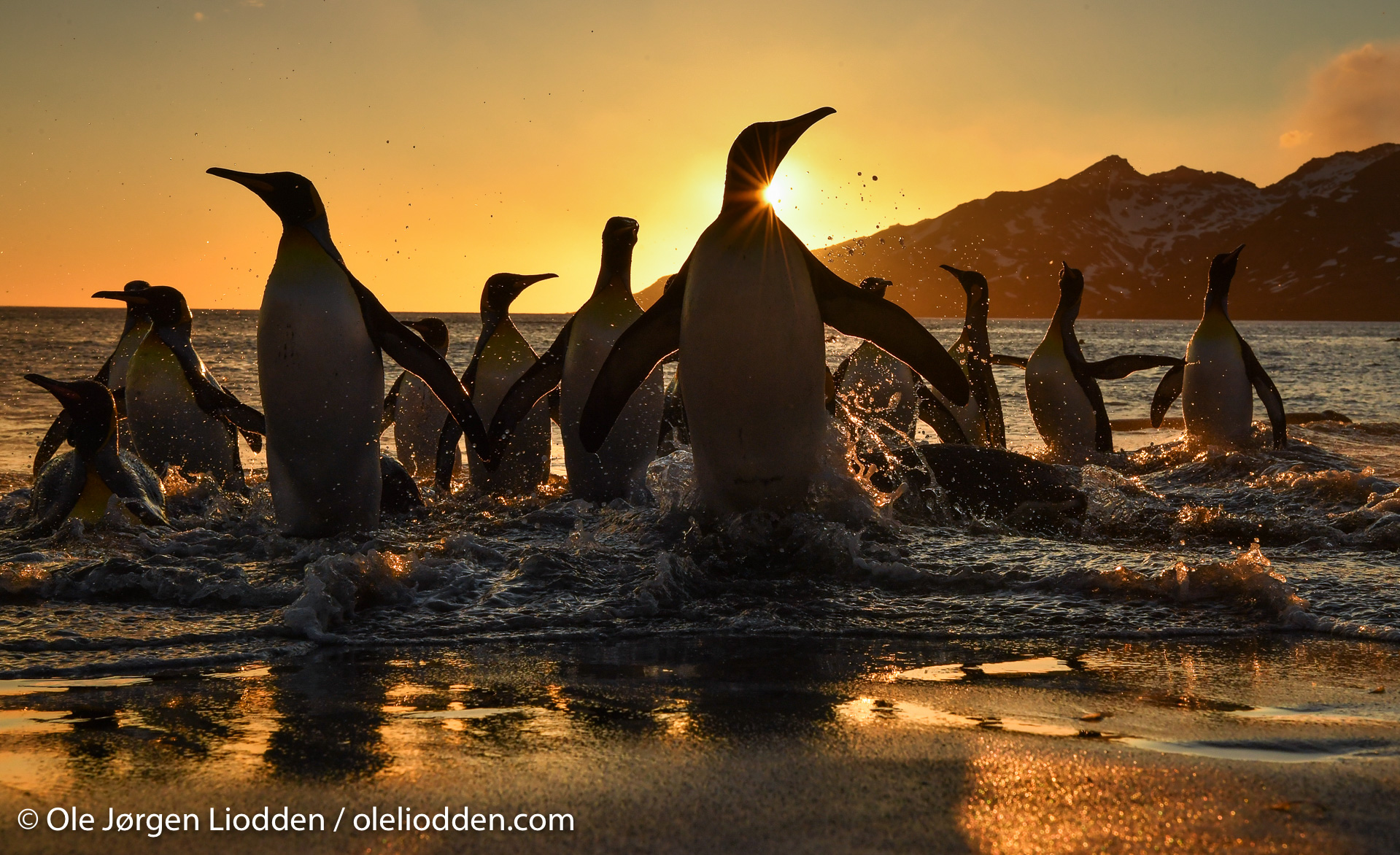
WEATHER SEALING
[columnize]
With 39 days in the field photographing in really rough conditions I was very curious to see if the cameras would survive or fail. During the field tests I had the cameras exposed for snow blizzard, sand storm (at the beach), heavy sea water spray, heavy rainy days in Alaska, transportation in zodiacs, to mention some of it. Especially during a very windy evening (see movie below) in the Falkland Islands I was out in this weather for almost 3 hours with a lot of sea spray, and strong wind gusts. During these hours I decided to try to kill one of the Nikon D5 cameras and photographed directly into the sea water spray and wind without any rain cover. I have to admit this was kind of gambling and not part of my assignment with Nikon, but it was tempting to see how far I could push the equipment. Both cameras (the other with 600mm and rain cover) survived the whole evening, but next morning the AF-ON button was not working. Two days later all buttons was working again, and except of sand and dirt sometimes blocking some of the buttons, the cameras worked flawlessly the whole testing period. That was nothing less than impressive.
NB: One week before I left for the first expedition to Svalbard I killed my D4S camera when testing it in very wet conditions at home in Norway, so trust me, I know how to test equipment very hard.
[/columnize]
[gap size=”50px”]
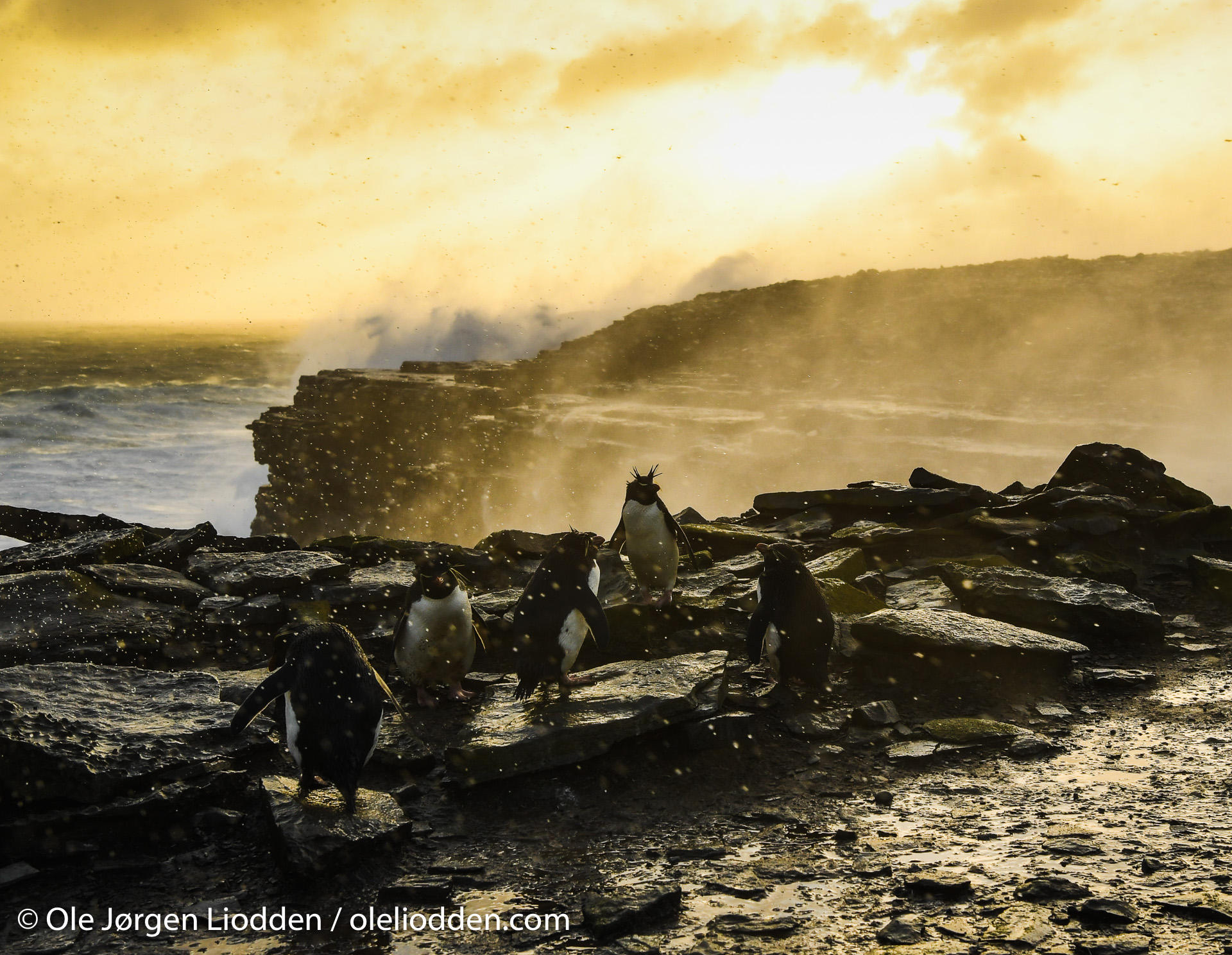
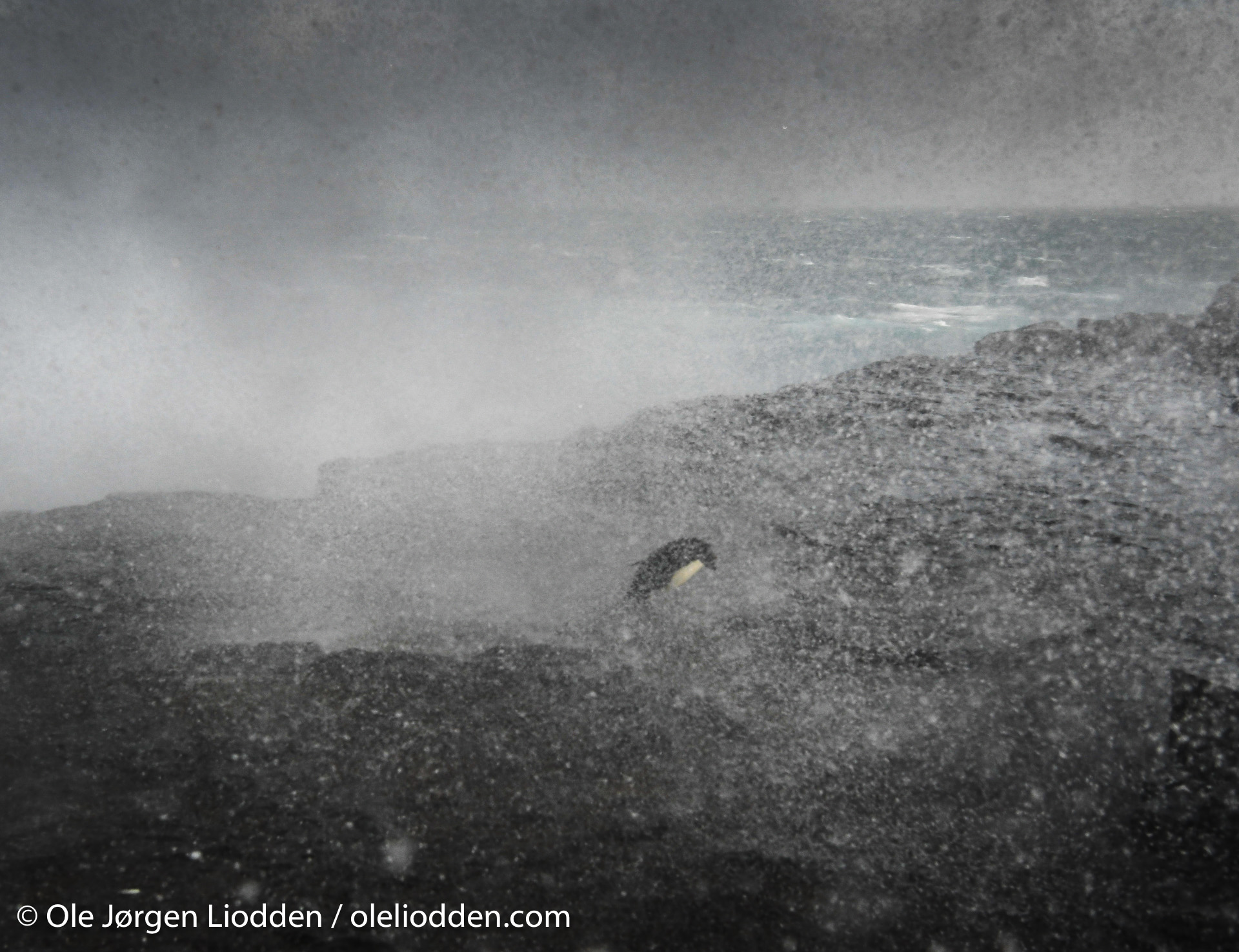
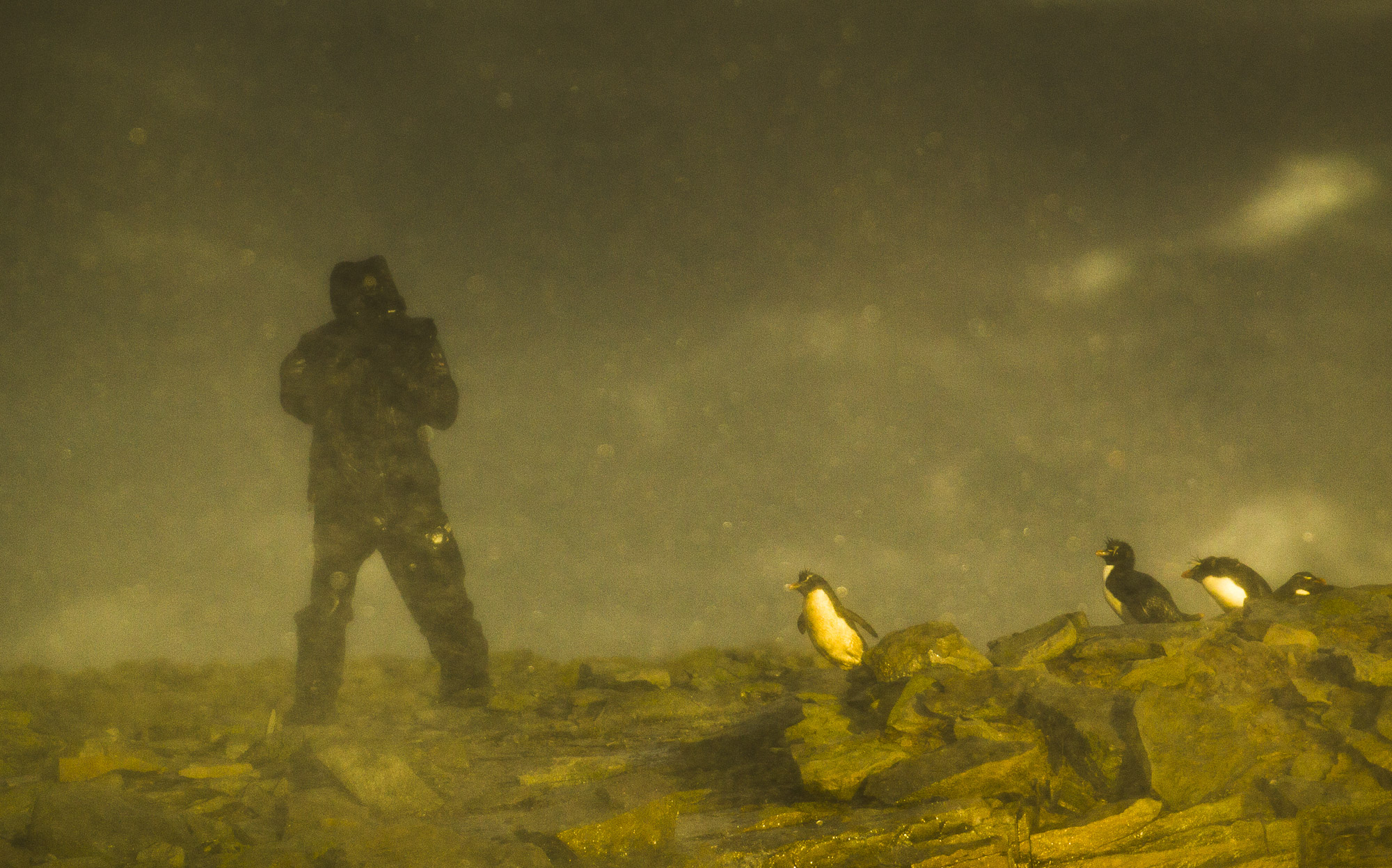
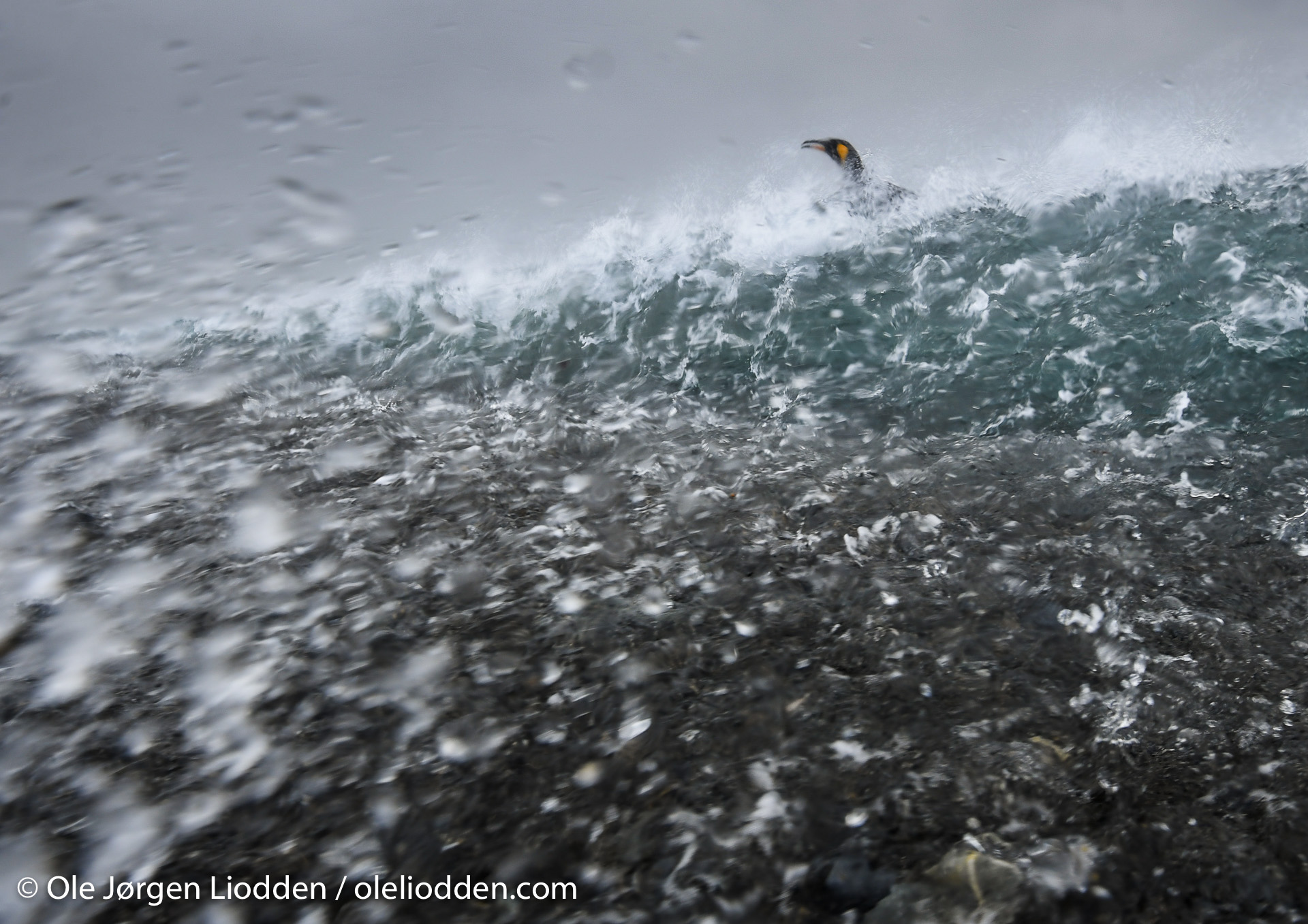
[gap size=”50px”] [alert type=”warning” close=”true” heading=””]
See more images from the Nikon D5 Beta testing in the bottom of this post, in the portfolio section.[/alert]
BUTTON REDESIGN
[columnize]
The buttons around the shutter release button are now redesigned, and much easier and faster to reach with your «shutter release finger». Now you have the red video recording button, ISO button and EV button in a curved line close to the shutter release button. This is much better than on the D4S, where you had the buttons (MODE instead of ISO) more spread around. With the new Nikon D5 you have fast access to these buttons, and don’t need to look up from the view finder to see where the buttons are located.
The MODE button is now moved to the left top side of the camera, where the BKT button was earlier. The flash button has moved to the back of the camera, above the OK button, which is logic. A new Fn2 button is now located below the Fn and Pv button and gives new possibilities. The INFO button has moved below the LiveView button, and a new Fn3 (LAN) button is now instead located under the OK button. A new «i» button has appeared to the right of the LCD-screen for easy access to camera settings (similar to INFO) and also short cut to some important menu settings. For me the button redesign has been positive, but it takes some time to get used to it after shooting D4 / D4S cameras for some years.
[/columnize]
NETWORK + WT-6
[columnize]
The network feature is upgraded in the new Nikon D5 camera. It’s now more options in how to setup the network connection, especially regarding battery consumption. The Fn3 button is by default a «Connect to Network» button for faster connection. During the test shooting I used the new WT-6 and WiFi-connection to control the camera with a tablet (iPad). The WT-6 unit is slightly bigger than the WT-5, and it has now a longer range. I could sit at approximately 25 meter distance and photograph through WiFi, which gave me some interesting opportunities.
[/columnize]
LCD SCREEN
[columnize]
The new LCD screen has a very handy touch screen which is a nice upgrade. It’s fast to slide between images, enlarge images or scroll fast between images with the bottom slider. It does not work in INFO or MENU mode, except for entering new names on settings. The added functionality is relevant for photographers and easy to use, even in rain.
[/columnize]
VIDEO RECORDING
[columnize]
I’m mainly a still photographer, but I sometimes take 10-20 second movie clips. One of the first improvements to see is the new folder in the Menu system with only video settings. This makes sense and makes it much faster to find and adjust only the video settings. The biggest upgrade in video recording is the option for 3840×2160 pixels with aspect ration 16:9. This Ultra HD (UHD) standard is almost 4K (4096×2160), and some photographers might be disappointed that it has not full 4K resolution, but most other “4K” cameras are also using the UHD resolution. When filming in UHD the camera is shooting in approx. 1,5 crop mode, which is nice when using telephoto lenses, but not so good if you need a wide angle view. The HDMI signals out of the camera can be viewed in 1920 pixels on a HDMI screen, which I have never achieved out of the D4S (for screen view), so that looks like an improvement. The video quality looks very clean and nice, even on higher ISO values.
[/columnize]
FINAL THOUGHTS
[columnize]
I think this field review covers the most important parts of my field testing, and I hope it has been interesting for you to read. You can see more about the technical details in the video below. Don’t forget to see more images from the Nikon D5 Beta test in the 4 portfolio links in the bottom of this post. As you already has understood – the new Nikon D5 camera is in my opinion not only a small improvement, but has set new standards especially regarding the AF-system and High ISO performance which will be hard to beat for other camera models. For me it looks like Nikon has found back to the “Nikon DNA” and again has a camera that is on top of the line. I’m really looking forward to get my final version of this camera (not Beta) and use it on my upcoming photo expeditions.
This field testing was very interesting and fun, and I’m thankful to Nikon and K&L for selecting me for this Nikon D5 test shooting!
[/columnize] [gap size=”50px”]
Comments
PRE-ORDER YOUR NIKON D5
I’m not very surprised if the demand for the new Nikon Nikon D5 will be very high. If you want to preorder your camera today, I recommend JapanPhoto if you are living in Scandinavia, or B&H for the rest of you. They have good prices and fast shipping. NB: Don’t forget too choose your desired setup: 2X CF-card slots or 2X XQD-slots…
PHOTO EXPEDITIONS
Do you want to travel to the Arctic or Antarctica yourself, photographing Polar bears, whales, penguins, landscape etc. in rough conditions? WildPhoto Travel is the #1 photo tour operator in Polar regions, with long experience, great photo guide team and itinerary specialized for photography. Try Wildphoto Travel for your next photographic expedition.
PORTFOLIO
See more images from the Nikon D5 beta testing below. Don’t forget to watch it in FULLSCREEN! Copyright: Ole J Liodden
Svalbard 2015
Alaska 2015
Falkland Islands 2015
South Georgia 2015
[alert type=”danger” close=”true” heading=””]
You are welcome to share this post and/or the portfolios with your friends and followers on social media, but no images in this post or from the portfolios can be used without permission from Oleliodden.com or Nikon. Some of the images on Nikon websites are “public” and are free to use. Copyright: Ole J Liodden[/alert]
Support field reviews
It’s free for everyone to read this field review, and I hope you enjoy it and share it with your friends. If you like my field reviews I really appreciate your support to make it possible for me to do more of them in the future. Thanks for your contribution!
ABOUT OLE J LIODDEN
[columnize]
Ole J Liodden of Norway is a pro wildlife photographer (since 2004) and the founder of WildPhoto Travel (former Naturfokus). He has previously been a Canon (2008-2010) and Nikon Ambassador (2010-2012) in Norway, and he was chosen as one of the photographers for the Wild Wonders of Europe project – the world’s largest communication project regarding nature and environmental conservation in Europe.
In the past 8 years, Ole has published 7 books about nature and photography (including 2 how-to-do books). His images has received 3 awards in the prestigious competition BBC Wildlife Photographer of the year (Winner in 2012) and 7 awards in GDT. He was awarded as the Arctic Photographer of the Year 2012 by the Global Arctic Award. Ole is considered to be one of the top wildlife photographers in Europe.
His experience as a photo guide and expedition leader in WildPhoto Travel has led him to destinations such as Svalbard, Antarctica, Africa, New Zealand, Russia Far East and the Galapagos. Penguins, polar bears, polar landscape and wildlife are some of Ole’s specialities, after 27 summer and winter expeditions to Svalbard and 8 expeditions to Antarctica / sub-Antarctic islands.
Ole J. Liodden is now about to launch a great project named Penguin World, where we use penguins as ambassadors for the marine ecosystem and important conservations issues related to our World Oceans. See more info about the project and let us know if you want to get involved.
[/columnize]
Comments
16 responses to “Beta test Nikon D5”
-
[…] Ole J Liodden, (see his previous guest post) just published the first Nikon D5 review/test report. You can see the entire article here: […]
-
[…] Conclusions from Oleliodden.com: […]
-
[…] Read the full D5 report at his site. […]
-
[…] thoughts about weather sealing, Ergonomic, Networking and video, as well a many more sample photos. Head over to the full review to see […]
-
[…] report using some Beta D5 cameras: http://oleliodden.com/photo-gear/fie…port-nikon-d5/ Marketshare matters! Game on Intel IGPs! Makes gaming a unique experience! Reply […]
-
[…] […]
-
[…] Ole J Liodden1, (see his previous guest post2) just published the first Nikon D53 review/test report. You can read the entire article here4: […]
-
[…] oleliodden.com + […]
-
[…] […]
-
[…] fra oct mvh yupps Beta test report Nikon D5 – OLE J LIODDEN Life isn't about waiting for the storm to pass. It's about learning to dance in the rain. […]
-
[…] Full Review at oleliodden.com […]
-
[…] Professional photographer Ole J Liodden got a hold of the new Nikon flagship camera and the results that he got are pretty impressive. He shared his “beta review” on his website on the 12th of January and the field tests are excellent! […]
-
[…] prueba con la beta de la D5: Beta test D5 Responder […]
-
[…] Ole Liodden updated his Nikon D5 review and he is […]
-
[…] AF sistema najbolje opiše nekdo, ki ga res uporablja v ekstremnih pogojih, na tej povezavi Nikon D5 je fotograf Ole Liodden v detalje opisal svojo izkušnjo z Nikonom D5, še posebej pa je pohvalil […]
-
[…] Ole Liodden updated his Nikon D5 review and he is […]
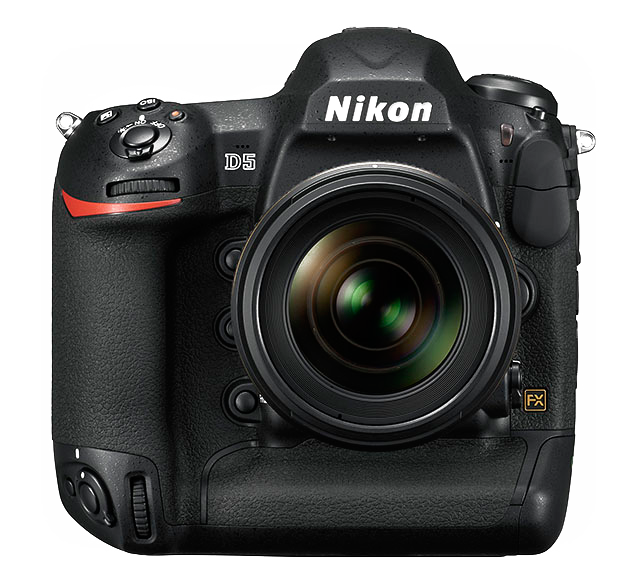
Leave a Reply